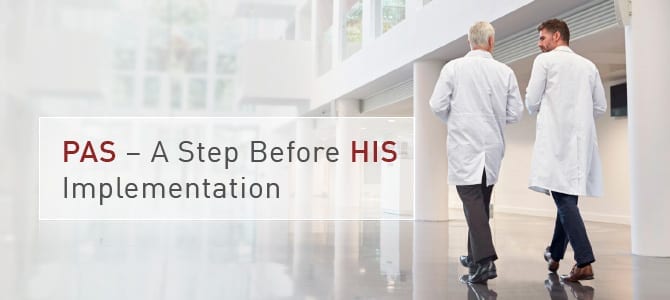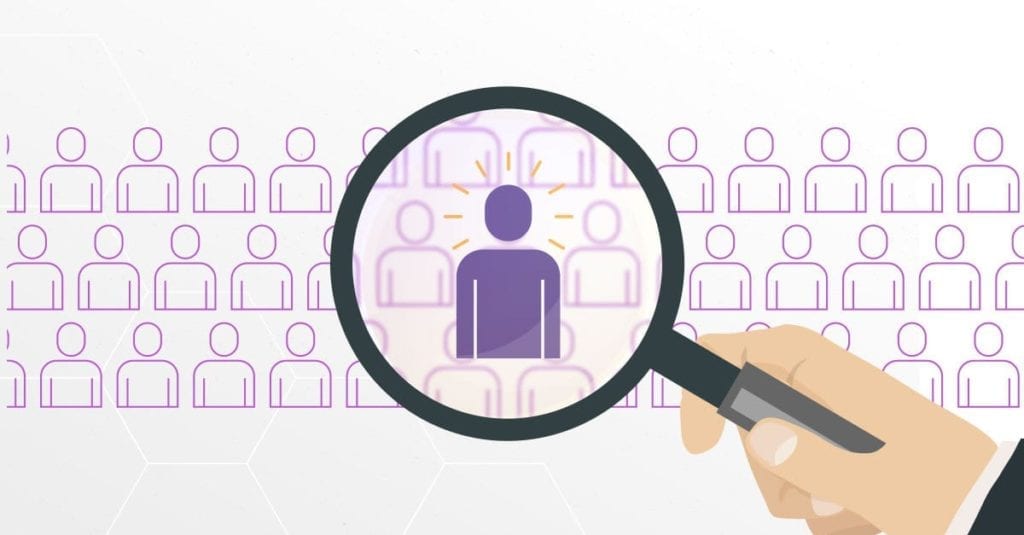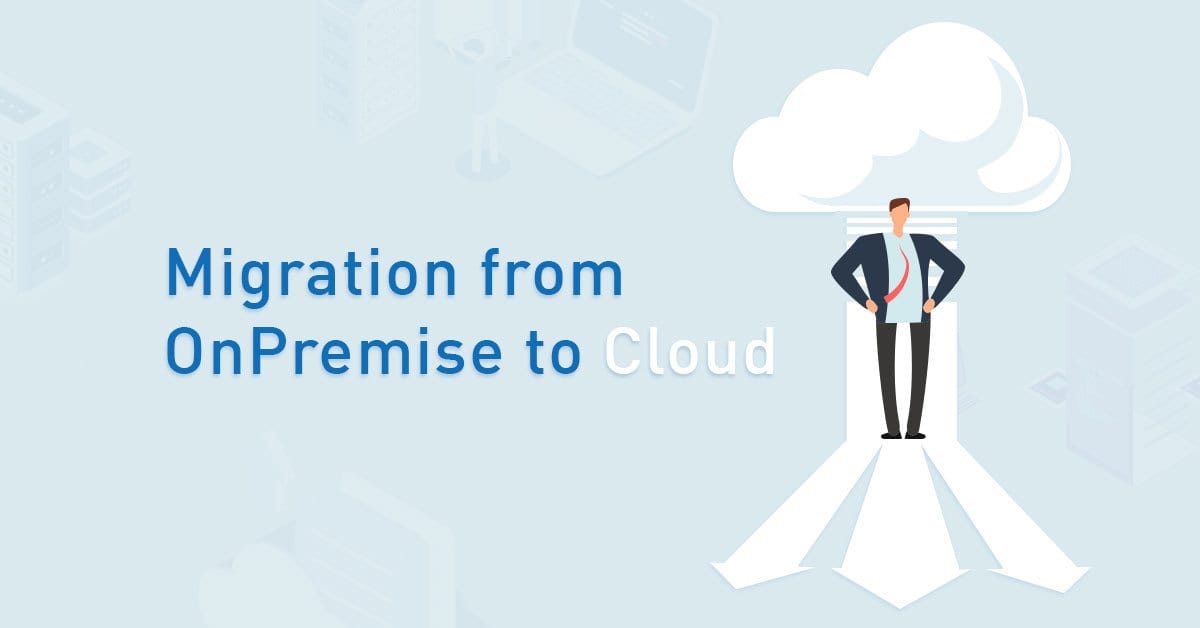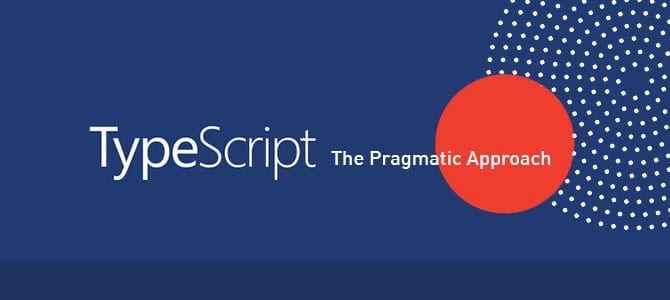Healthcare information technology is very important to improve care and efficiency across health and social care. In multi-speciality hospitals, lots of patients enter or exit in a day and it can be challenging to maintain transactions of all of those patients manually. Records such as patient profiles, appointments, registrations, admissions, pharmacy, and billing transactions must be constantly updated. To reduce the administrative burden, Patient Administration Systems (PAS) have been developed.
A PAS is a computerized administrative system used to manage and record patient demographic details, as well as any treatments given to inpatients or outpatients. It is vital for effective hospital operation and management, and provides the following functionalities:
Master Patient Index
Each hospital needs to maintain a list of registered patients and every patient is identified through a unique index (identifier) that is integrated to other processes, making it easier to correlate patient IDs across financial and administrative systems. Patient profile data includes demographic, photographic, and supporting documents to ensure correct identification of the patient. To avoid duplicate records, a PAS can also be equipped with data entry validation and profile merging features. Each registered patient will have a barcode on their patient ID card, readable with a barcode scanner, to speed up data entry which will then improve the operational processes and service quality. Administrative staff can easily search patient records using various search criteria.
Appointment, Registration, and Admission
A PAS’ Appointment functionality can facilitate patients phoning ahead and securing a future appointment for a follow-up visit. Registration can capture walk-in patients and confirm appointment schedules for clinical staff. Medical check-up patients will experience shorter waiting times since the administrative staff can do bulk registration for multiple patients to multiple services at once. Both appointment and registration processes validate a doctor’s availability to prevent accidental data creation. Doctors’ schedules can also be configured with intervals to set the duration of each patient’s examination. PAS can also provide waiting list feature, so if one appointment gets cancelled, appointment staff can call another patient in the waiting list to confirm an appointment. This provides flexibility and maximizes revenue.
Administrative staff will experience enhanced efficiency in the admission process since they can directly create bed reservations and bookings when registering a patient. This is integrated with the facility database and bed management system, where staff can easily monitor bed availability. Any charge related to patient treatments can also be automatically added to the patient’s billing. PAS also supports registration for patients whose identity is unknown or cannot be established (unconscious or unresponsive), by creating a temporary record that can be updated later.
Facility and Bed Management
Administrative staff can maintain hospital facilities and beds without having to go back and forth checking the availability. All facilities can be managed, including but not limited to: nursing wards, intensive care units, delivery room, operating theatres, vehicles (ambulances), and equipment. Information on booking statuses, booking dates, and return dates can be shown, to inform the hospital staff when a booking has been made and when the facility is going to be released.
Pharmacy
Pharmacy management supports prescription ordering and dispensing for outpatients, medication dispensing and administration for inpatients, and pharmacy retail for over-the-counter drugs. The Production pharmacy feature enables pharmacy staff to create new stock items based on combinations or processing of other items. These processes are integrated with the warehouse database to show the availability of stock items at points of care. It is also integrated with the pricing engine that provides pharmacy staff with real-time information of a drugs’ price, and the insurance providers’ coverage. This provides reliable information to help pharmacy staff create orders based on the patient’s buying ability.
The list of safe medicines is constantly reviewed and updated by a team of pharmacists, physicians, and other healthcare professionals, and can be managed in the Hospital Formulary, which is integrated with the stock catalogue. The Drug formulary will also contain more information to ensure appropriate prescribing and avoid adverse effects. This improves the overall quality of treatment.
Patient Billing and Price Management
The hospital can maintain the tariff rates and price schemes to adapt to any changes in tariff policy. Patient charges can be accurately calculated based on the examinations and treatments delivered at points of care. Errors are eliminated through automatic recalculation of patient billing due to changes in their payment method, treatment class, and other parameters defined in the system. Invoices for insurance patients will also be calculated accurately based on the price scheme and coverage for the insurance provider.
Cashiers will not have to enter patient charges one-by-one since the system automatically collects charges from each point of care that have been input by the responsible staff there. This greatly reduces a patient’s waiting time for billing. PAS will also enable cashiers to do multiple payments, refunds, down payments, and manage receipts. If there is a case where a completed invoice needs to be adjusted, cashiers can do the adjustment through Credit Memos, Debit Memos, and Complete Reversals. All such adjustments are completely documented.
Stock Cataloging, Purchasing, Inventory, and Movement
The hospital can maintain a catalogue of stock items to support an integrated supply chain system. This master data serves as the foundation for warehousing, purchasing, and material transactions in the pharmacy. Each catalogue can have supplier information, including the buying price from each supplier. Hospital also can manage and maintain supplier profile information to be used in the purchasing process.
Each stock catalogue will be maintained in the warehouse inventory, where hospital staff can monitor stock availability and movement. Stock movement includes purchasing processes (that include requisition orders from all departments or from the supplier), creation of purchase orders, and the receiving process (including the creation of goods received notes).
Management Reporting
The monitoring of operational performance is critical to any hospital. PAS can support this through responsive graphical dashboards based on the hospital’s KPIs. It also provides standard reports on operational and financial performance. Through the PAS, the hospital has the ability to create or modify reports as necessary through a custom reporting tool.
In conclusion, a PAS can help improve the service quality, provide quick & coordinated care, as well as reduce the readmissions process, waiting times, and associated costs. The hospital management should start identifying what they expect from the system, making a list of ‘Need to have’ and ‘Nice to have’ features, then work with a trusted vendor on realizing this. It is essential to find a vendor that understands the requirements and provides a product that complies with your hospital’s needs. That vendor should be willing to coordinate closely during the implementation process and commit to providing aftersales support once the system is running in your hospital.










